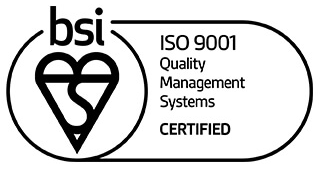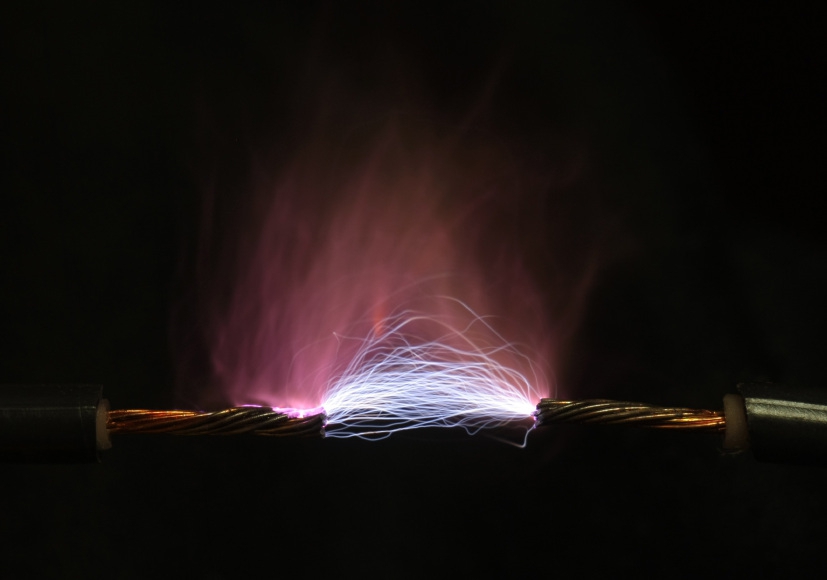What is Spark Erosion?
We know just how important it is that materials and parts are designed and produced to the highest of quality – and with the highest possible standards in mind. There are many different machining methods that can help you to create the piece you’re looking for, including spark erosion.
Spark erosion, also called Electro Discharge Machining, is useful to machine difficult shapes, as it has been used for decades as a means to create complex forms. But what exactly is spark erosion?
What is Spark Erosion?
This machining method is typically used when producing intricate pieces. It is a process that creates a specific shape through the use of electrical discharges (sparks). More specifically, this machining process works by removing material from a piece with current discharges between two electrodes that are separated by a dielectric liquid that is subject to voltage. This fluid is both a conductor and a cooling agent during the process.
In order to remove this material, the process converts electrical energy into heat and initiates a melting process within the electrodes. There is no mechanical abrasion with spark erosion.
There are several factors to keep in mind when using spark erosion, like the material of the electrodes, their design and their manufacture.
The Advantages of Spark Erosion
Spark erosion allows a company to achieve intricate details that would, otherwise, be too complex or impossible to obtain with traditional cutting methods and is especially useful for alterations to hard materials such as press tools, or for removal of broken taps. It also allows for a good surface finish and the drilling of very small and fine holes.
With this machining process, it is possible to achieve the desired design easily. Because there’s no contact between the tool and the piece, intricate sections or weak materials can be worked on without distortion.
If materials have a minimum electrical conductivity of 0.01 S/cm, then it’s likely they can be machined with spark erosion. For example, most metals and alloys can undergo this process, including copper and its alloys, tungsten, many stainless steels, carbide, aluminium, and magnesium alloys.
A spark eroder can work to very tight tolerances, sometimes 0.1 microns, which can easily give an idea of the level of detail capable of being achieved through this process.
If you’d like to learn more about spark erosion or any of our services, just get in touch today and a member of our friendly team will discuss your projects’ needs with you.
Registered in England VAT No: 146307478 Company Registration No: 1062820





